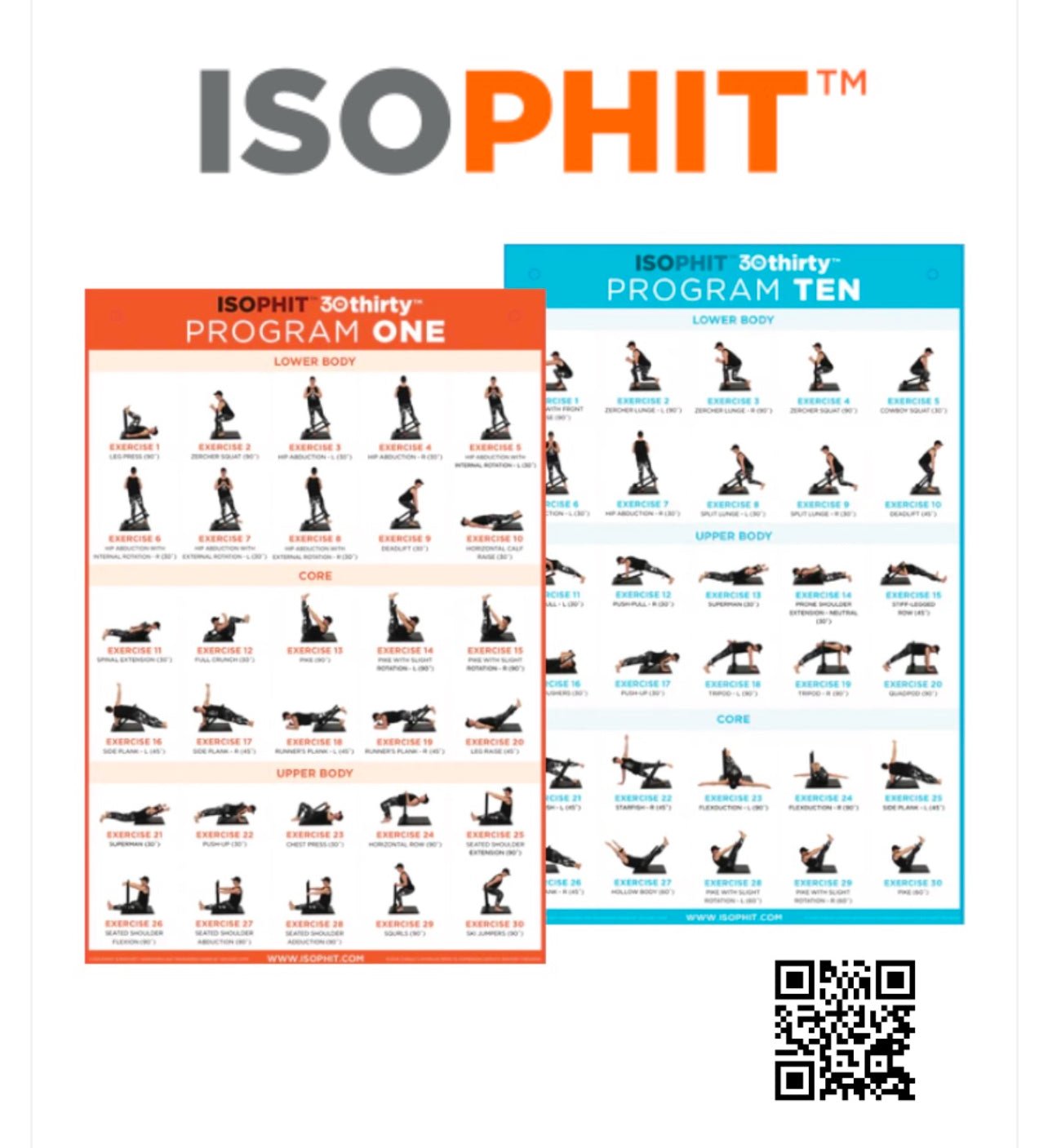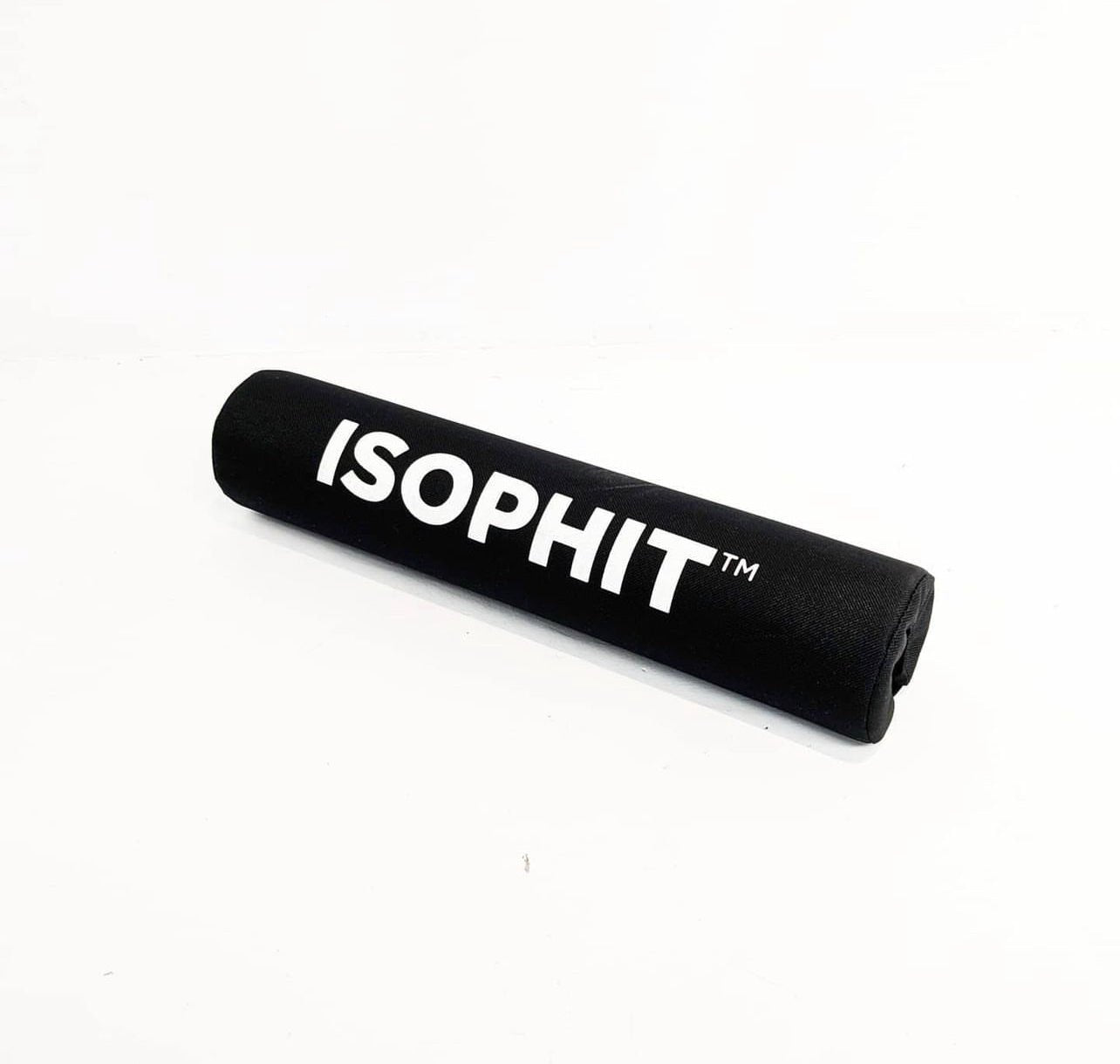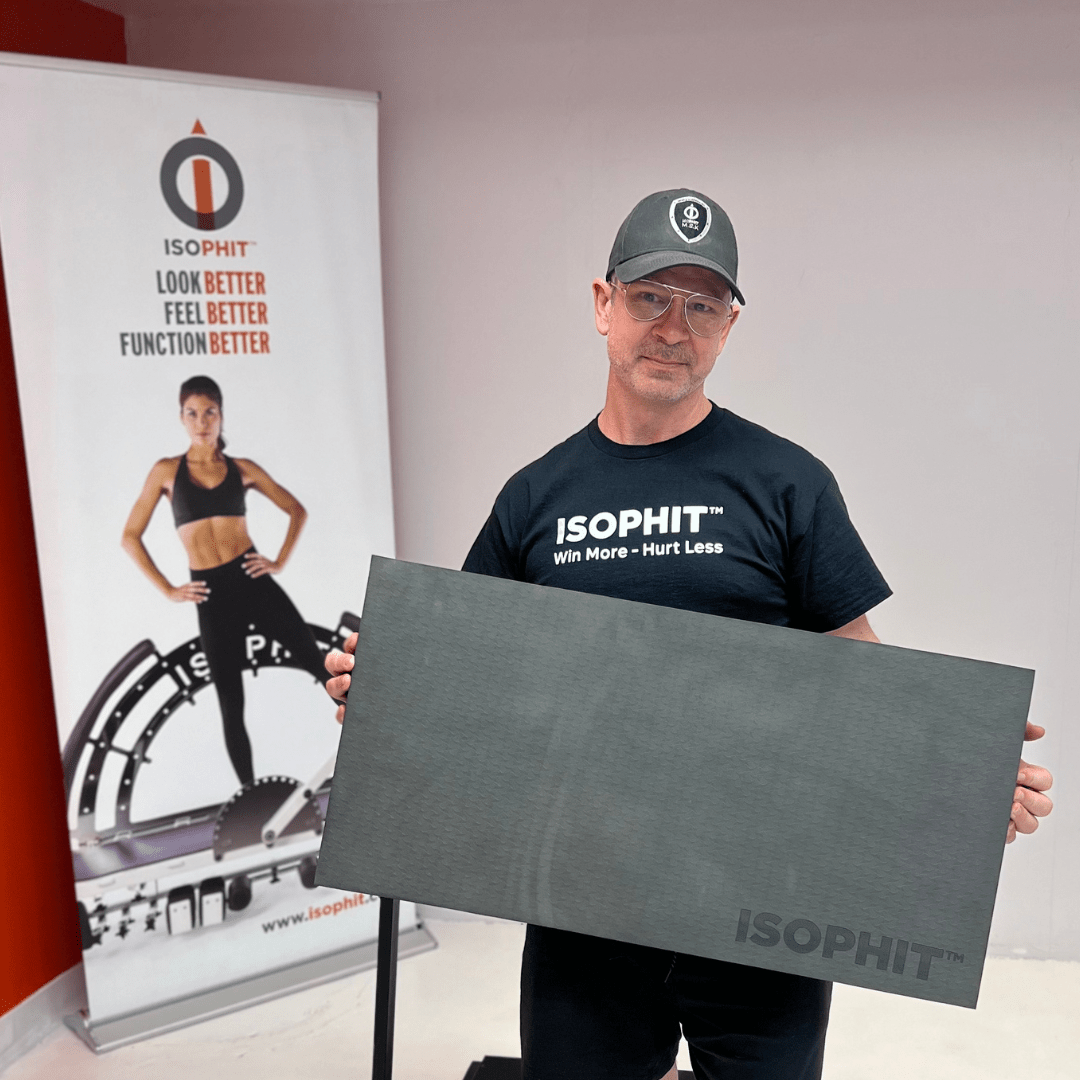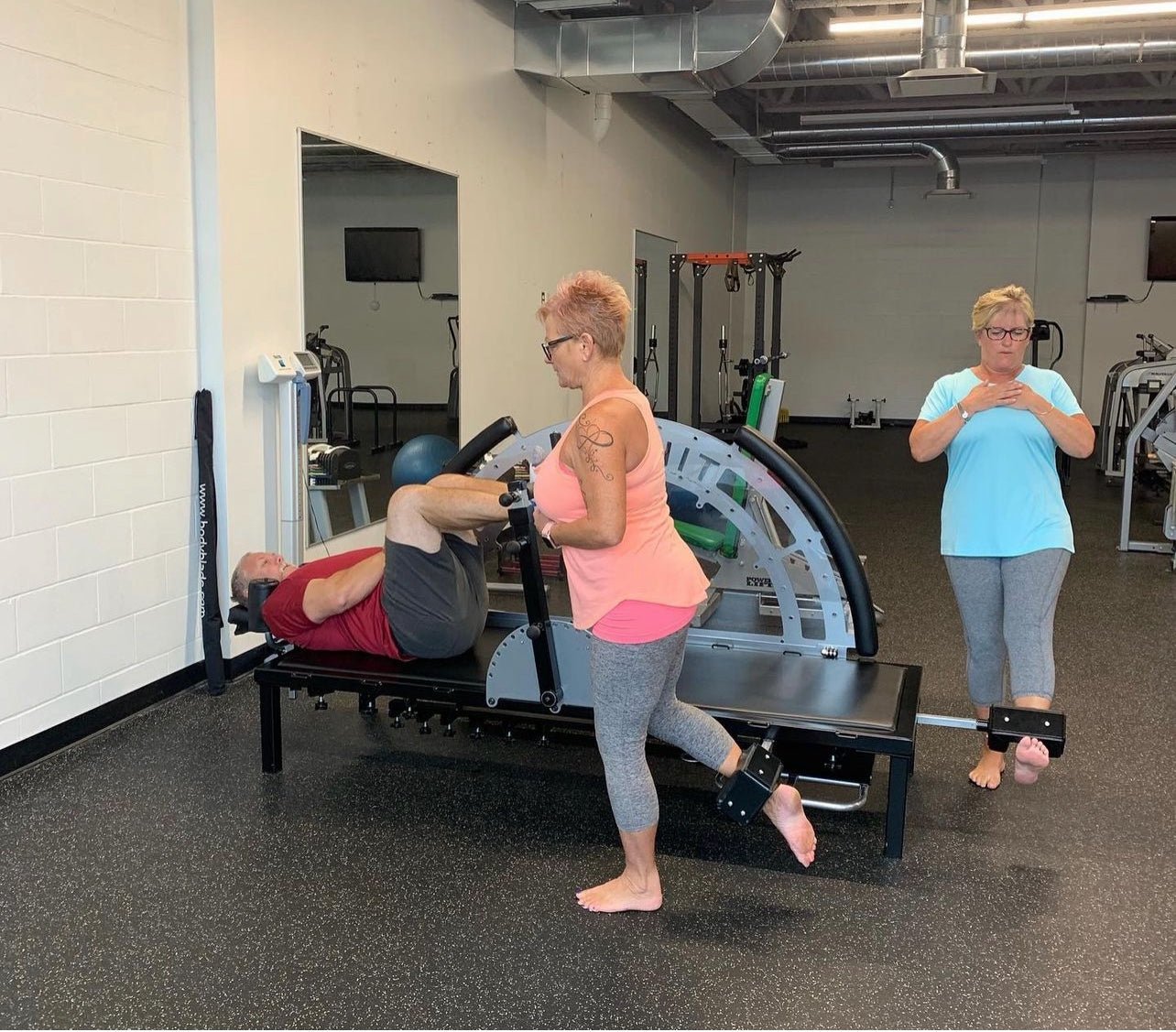Overweight and obesity have become a global epidemic, with significant implications for individuals' health and well-being. The accumulation of excessive fat in the body, known as adipose tissue (AT), poses serious health risks. To address this issue, it is crucial to understand the role of adipose tissue blood flow (ATBF) and how different forms of exercise impact its regulation. Recent scientific studies have highlighted the dominance of isometric strength training in increasing ATBF, making it a promising approach for tackling obesity. This article explores the importance of adipose tissue and ATBF in everyday life and compares various exercise methods, highlighting the effectiveness of isometric strength training, particularly with Isophit.
Adipose tissue, commonly referred to as body fat, serves as a crucial energy storage system and plays essential roles in hormone regulation, insulation, and mechanical protection. However, excessive accumulation of adipose tissue can lead to obesity, which is associated with various health complications such as cardiovascular diseases, diabetes, and metabolic disorders.
Adipose tissue blood flow (ATBF) refers to the circulation of blood through adipose tissue. It serves important physiological functions by supplying nutrients, oxygen, and hormones to the adipose tissue, as well as facilitating the removal of waste products. Proper regulation of ATBF is crucial for maintaining metabolic and endocrine functions. Research has shown that impaired ATBF regulation is linked to obesity and insulin resistance, further emphasizing the importance of understanding its dynamics.
Various exercise methods have been explored to understand their impact on ATBF and its potential role in reducing obesity risks. Traditionally, exercise such as cycling and resistance training has been recommended for weight management. However, recent studies have revealed the superior effectiveness of isometric strength training in increasing ATBF.
Previous research demonstrated that cycling exercises and resistance training did not lead to significant changes in ATBF. Even long-term exercise interventions focusing on aerobic training or cycling did not consistently improve ATBF, despite improvements in other fitness measures. These findings suggest that the relationship between physical activity or fitness and ATBF is complex and not yet fully understood.
Studies have shown that isometric muscle contractions during sustained isometric exercises outperform other forms of exercise in increasing ATBF. Upadhya et al. (2015) referenced a study by Heinonen et al. that found sustained and intermittent isometric knee extension exercises resulted in a remarkable 700% increase in ATBF compared to rest. As a comparison, a 72 hrs fast increased ATBF by 150%.
This findings highlight the effectiveness of isometric strength training in increasing blood flow to adipose tissue. By repeatedly increasing blood flow to specific areas of the body with Isophit, individuals aiming to reduce obesity risks can target adipose tissue more efficiently than other exercise modes.
Isometric strength training offers advantages over other exercise methods, as it enables individuals to exert muscular force without joint movement. This allows for greater focus on specific muscle groups, resulting in enhanced activation and subsequent increases in ATBF in localized regions. The ability to target adipose tissue effectively through isometric strength training makes it a compelling approach for combating obesity and improving overall metabolic health.
Isometric muscle contractions during sustained exercises have demonstrated remarkable increases in ATBF, presenting a promising approach for reducing obesity risks. Isometric strength training with Isophit would allow individuals to target adipose tissue efficiently, potentially leading to better and more efficient results.
While further research is necessary to fully understand the mechanisms behind these effects, isometric strength training with Isophit holds great potential for individuals seeking to impact obesity and improve metabolic health. By harnessing the power of isometric exercises, individuals can work towards a healthier future and combat the global burden of overweight and obesity.
Huge shoutout to our first ever 30inThirty test subject Jessica McEachern. Jessica’s transformation above was over ten 30-minute 30inThirty workout over a 12 day time period. She did not diet, lift weights, or do any form of cardiovascular training during the trial.
Join us on this empowering journey toward a healthier future. For further information on isometric strength training and its profound impact on functional health and performance, visit our website at www.isophit.com or reach out to me via my email at brad@isophit.com.
Yours in Isometric Strength,
Brad Thorpe
CEO / Inventor
Isophit










Share:
Isophit: Impacting the World of Professional Basketball
Isophit: ACL Injury Prevention Doesn’t Have to be Complicated.